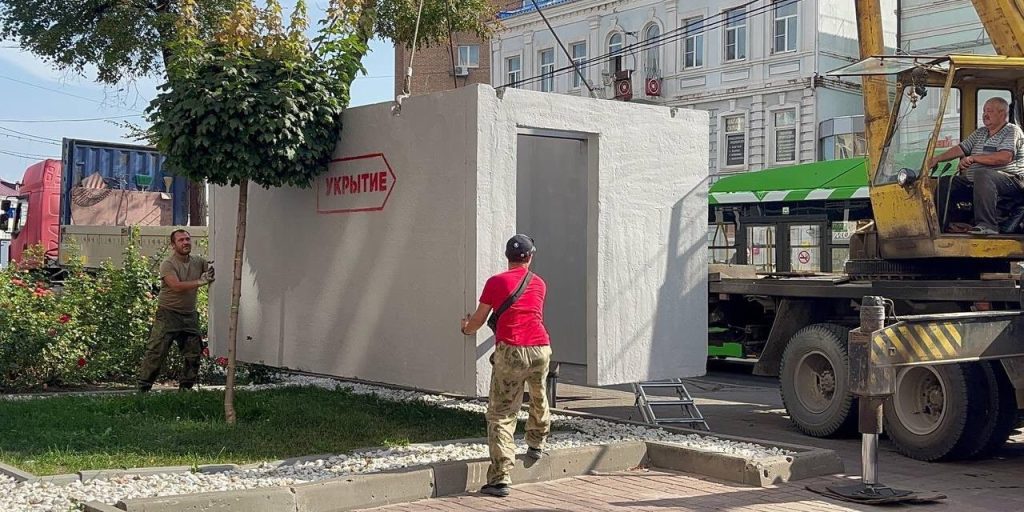Russia has launched mass production of mobile shelters designed to protect against the light radiation.
Others are reading now
Russia has begun large-scale production of mobile shelters designed to protect people from the effects of nuclear explosions and radioactive contamination, according to the All-Russian Research Institute for Civil Defense and Emergencies (VNII GOChS), the developer of these shelters.
The shelters, called “Kub-M,” are being made in Dzerzhinsk, a city in the Nizhny Novgorod region.
The basic model includes two parts: one room that can hold up to 54 people and a technical block. More sections can be added to increase the shelter’s size.
Also read
What makes the Kub-M unique is its mobility. Unlike fixed shelters, it can be transported by road or rail, set up quickly on-site, and connected to existing utilities.
VNII GOChS also stated that mobile shelters are more affordable and faster to build than permanent ones. They cost less than half as much to produce and install, and the entire process takes no more than three months.
Earlier in 2023, Russia began inspecting and repairing Soviet-era bomb shelters, many of which have been neglected for decades. The country has a large number of underground shelters, but many are in poor condition and need repairs.
In late 2022, new national guidelines were introduced to convert spaces like basements and parking garages into bomb shelters. These guidelines specify that underground spaces such as basements, tunnels, and metro stations can be used as shelters.
Some may require upgrades, but others, like concrete basements, already meet safety standards and can offer protection from attacks.


